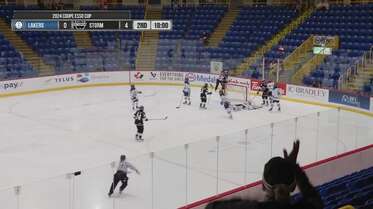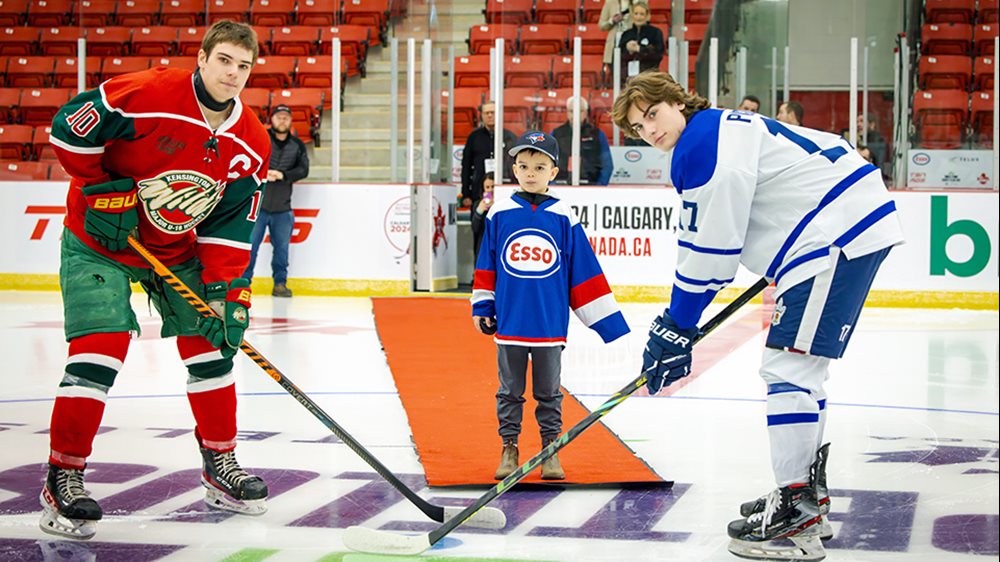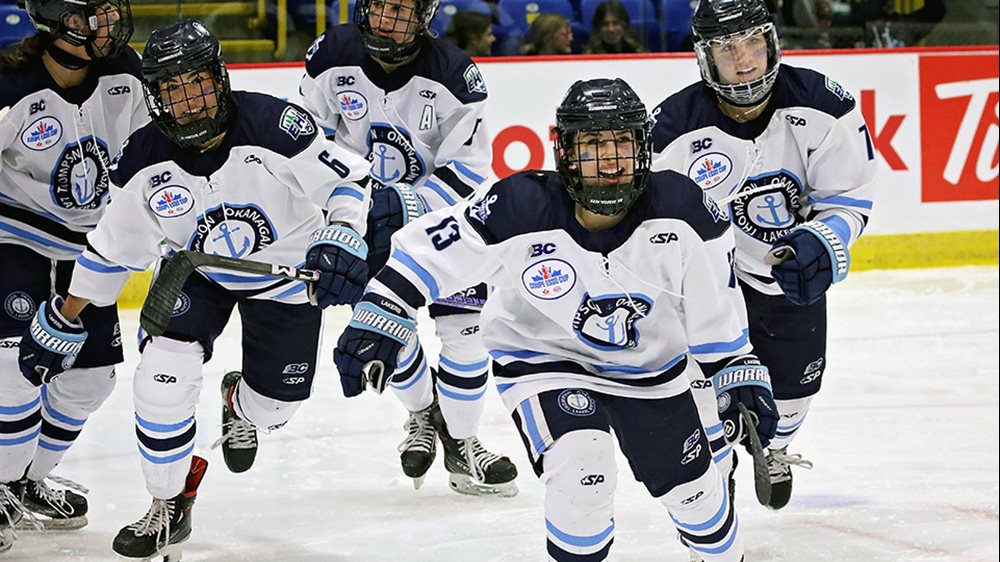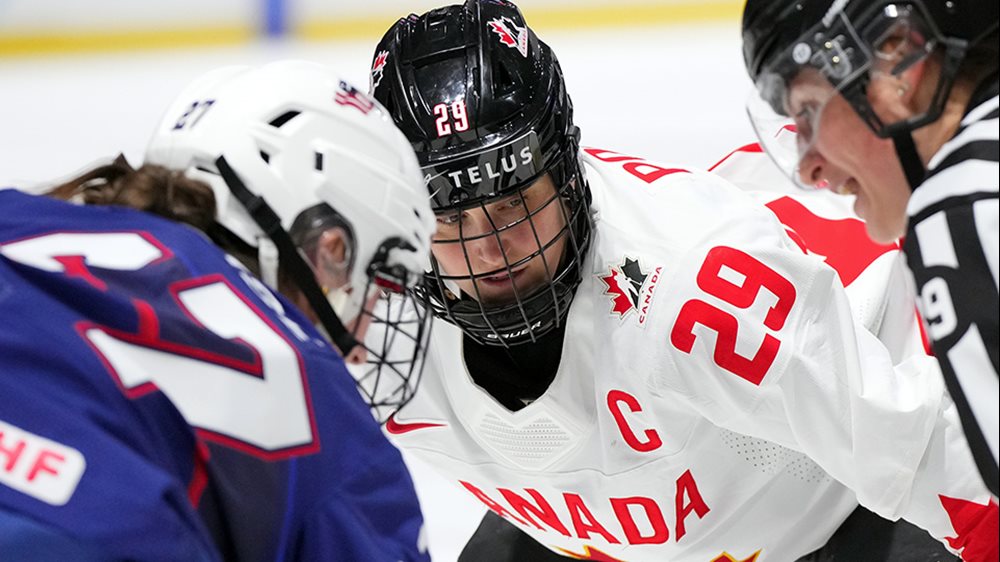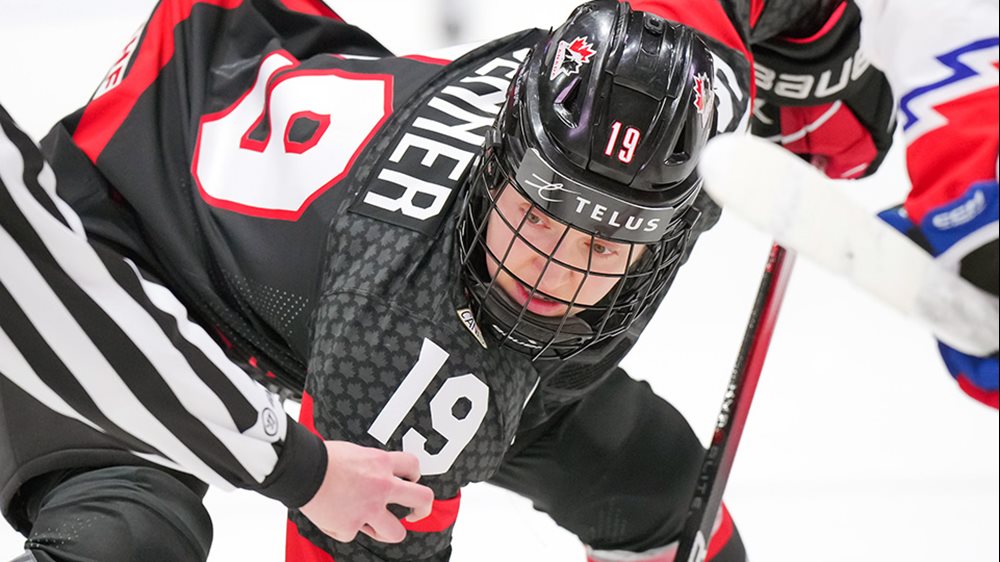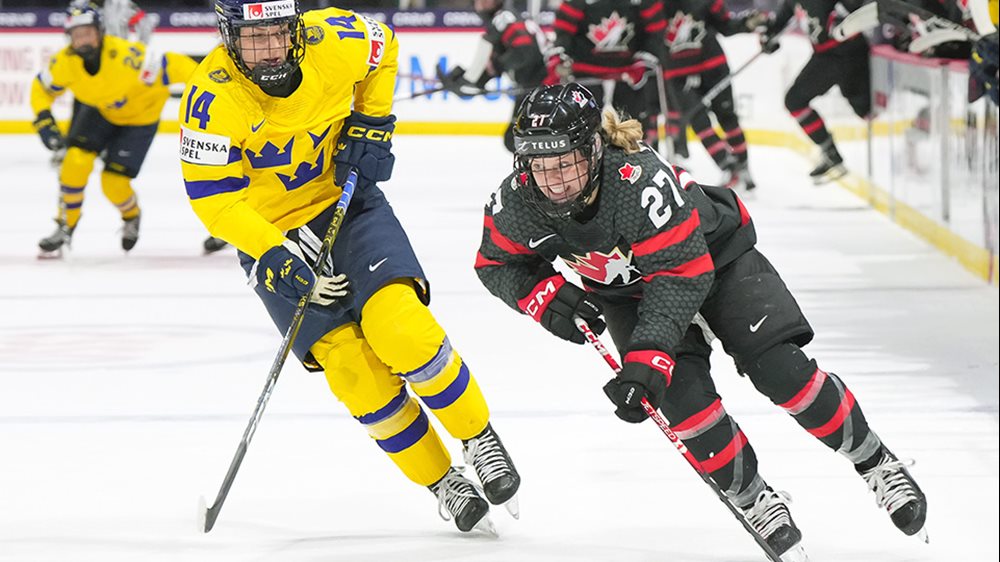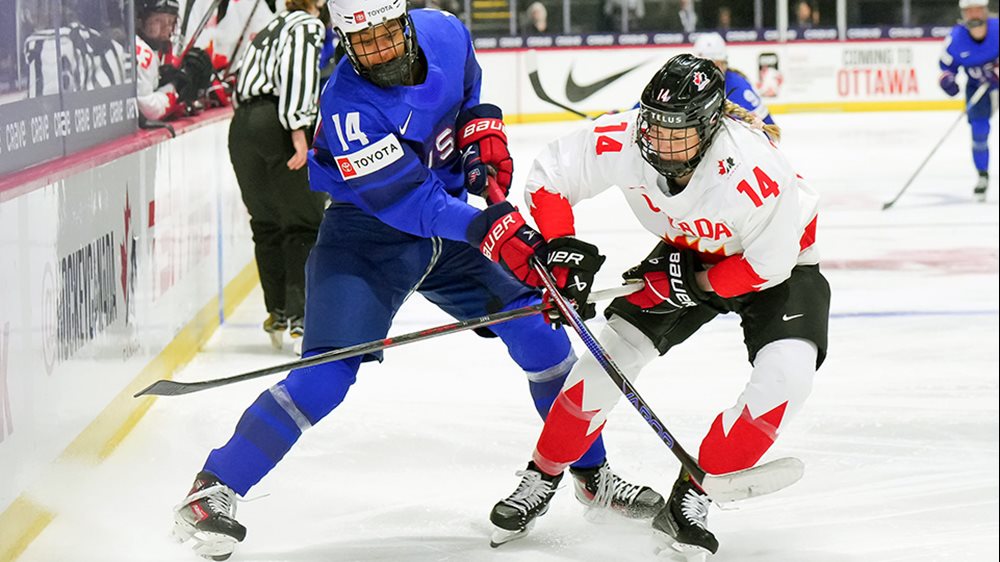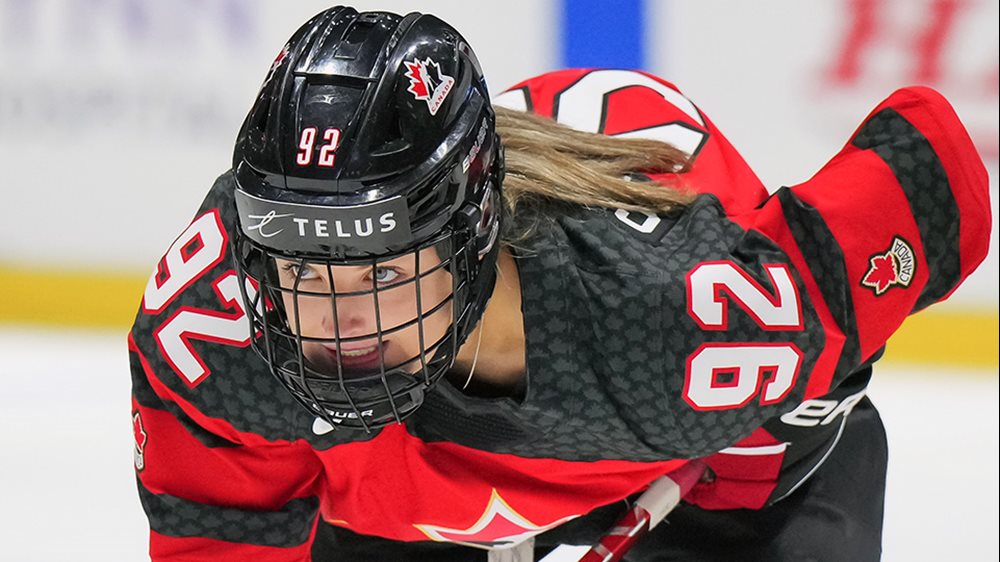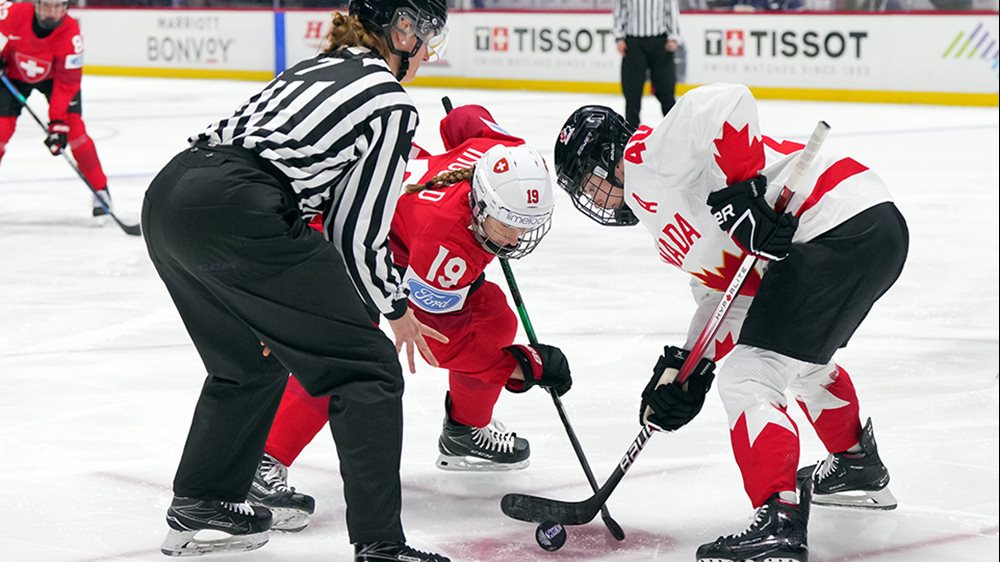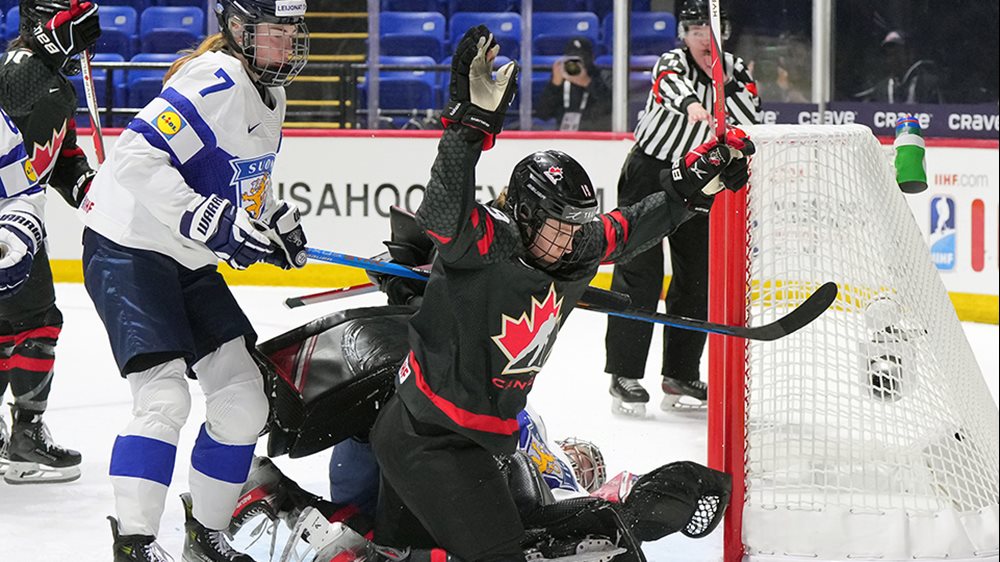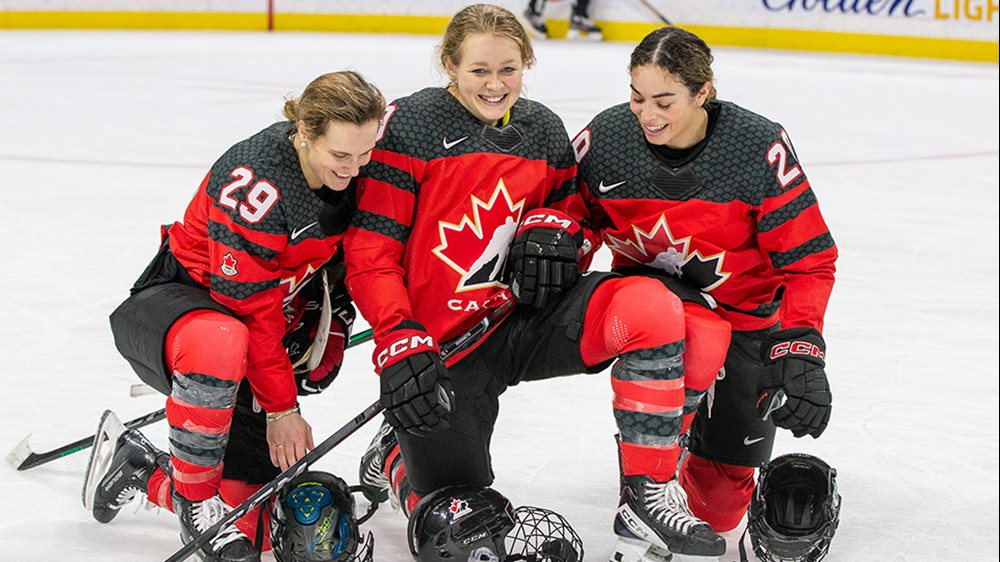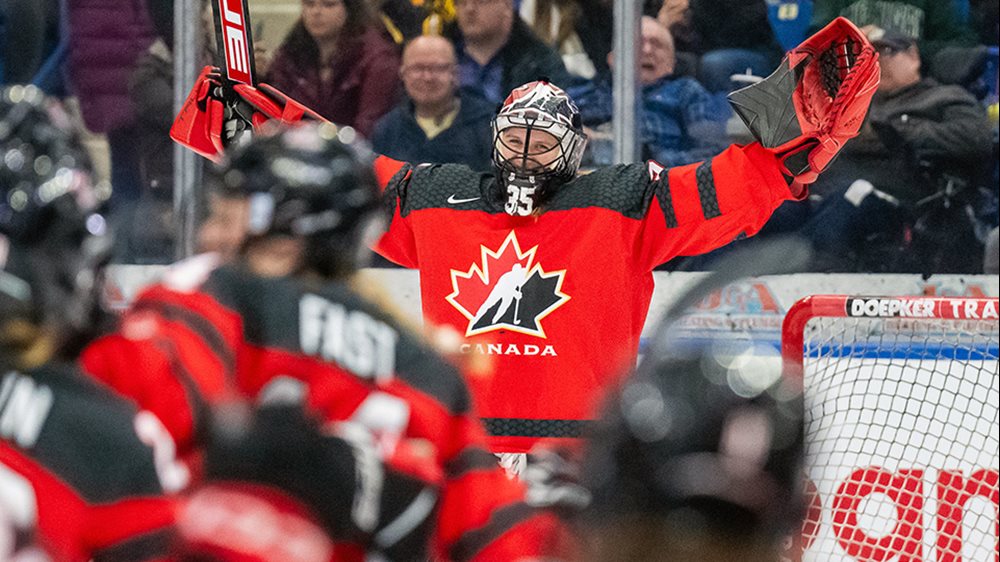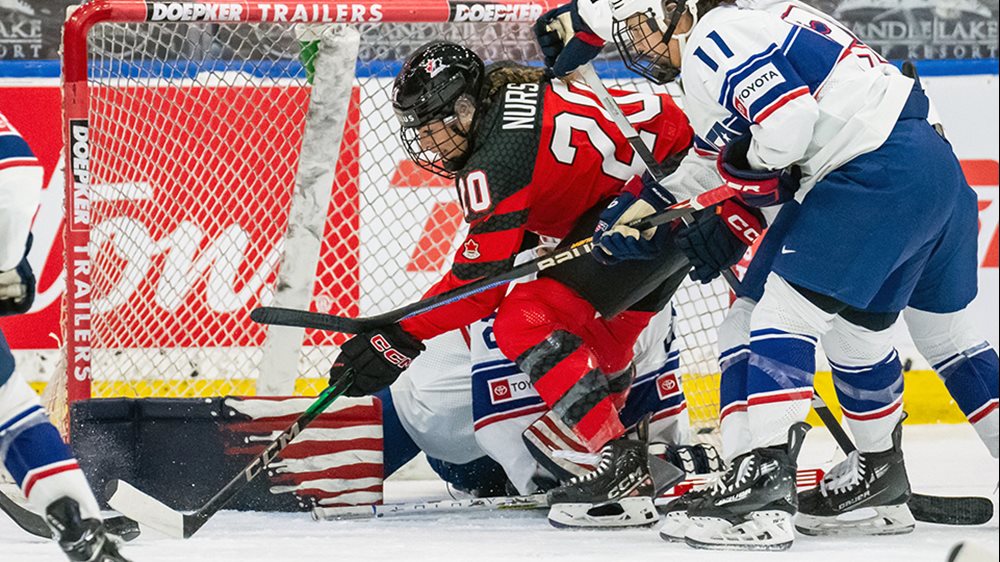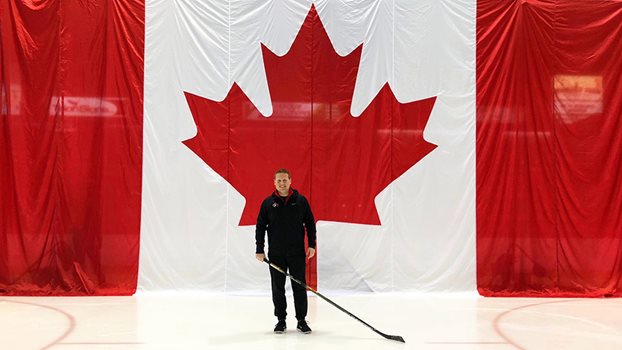
Active with Adam, presented by Jumpstart – Conditioning
Hockey Canada’s lead strength and conditioning coach shares tips and tricks to help players stay active at home and start preparations for next season
While the 2019-20 hockey season was forced to an early end due to the COVID-19 pandemic, there is no reason why the focus cannot begin to shift to next season.
One positive of social distancing is the opportunity for players of all ages and abilities to focus on improving away from the rink.
Off-ice training is just as important for hockey development as being on the ice. It allows for athletes to focus on bio-motor abilities (speed, power, strength, flexibility, conditioning) that will enhance their on-ice skills.
Let’s break down the ways to improve these specific areas at home to make sure players are ready to lave up the skates in the fall.
PART 1: SPEED | PART 2: POWER | PART 3: STRENGTH | PART 4: FLEXIBILITY
PART 5: CONDITIONING
One of the most important physical abilities is conditioning. The ability to work hard and then recover between shifts is key to maintaining your strength and power throughout the course of a shift or game. As you become better conditioned, athletic ability can be easier expressed and things become easier on the ice. Athletes who have a strong baseline of conditioning also recover faster between games and during travel. There are a lot of different ways to train your conditioning; here are a few sessions you can use to make sure you are ready when the puck is dropped.
EXERCISES
Aerobic Capacity: Timed Circuit
Set a timer for 12 minutes and work at a consistent pace for the entire time.
- Bodyweight Squat (10)
- Push-Up (10)
- Single-Leg Toe Touch (10 each side)
- Bear Crawl (5 steps each side – forward and backward)
- Lateral Lunge (10 each side)
- Mountain Climber (10 each side)
Aerobic Power: Run-Walk Intervals
Five-minute dynamic or running-based warm-up.
Two-minute sprint/run (100% effort) followed by a four-minute walk (aim for five sets per session).
Anaerobic Capacity: Shuttle Run
Set cones up at 5m – 10m – 15m – 20m.
Sprint out and back, touching each cone and sprinting back to the start line. Time yourself and rest three times the total time it took you to perform the set (if it took you 30 seconds, rest 90 seconds). Perform two sets of five reps to start, with four-minute break between the reps. Add one rep each week to a max of eight, then begin to add an extra cone each five metres.
For more information: |
- <
- >

